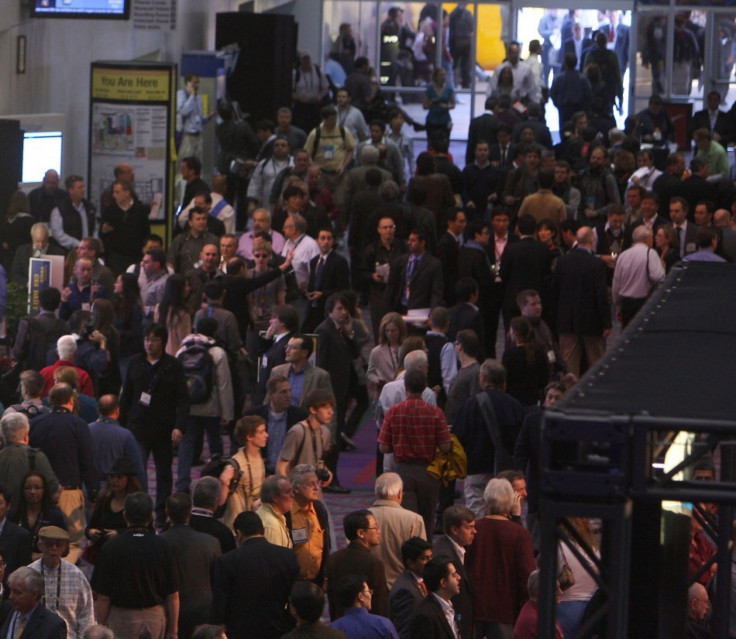CES 2012: Major Failings of the Las Vegas Tech Convention
OPINION

(LAS VEGAS) - The 2012 International Consumer Electronics Show is an exciting event in countless ways -- it's jam-packed with glitzy booths, beautiful women and quirky gadgets -- but this year's event has been a failure in two significant ways.
1. Wi-Fi - There are over 49,000 exhibitors, 530 speakers and over 1,000 industry analysts attending this year's CES, yet the Consumer Electronics Association and its president Gary Shapiro completely failed to realize that the booths ABSOLUTELY need Wi-Fi to function properly. Walking around the floor, almost every exhibitor complained about the inability to properly load videos or the slow rendering on their devices because of the Wi-Fi hogs in the massive Las Vegas Convention Center. The CEA knows how many are in attendance; this was a failure in planning. The limited Wi-Fi connectability completely takes away from the magic of these new gadgets, because when they don't work, the intended surprise just feels like a giant thud.
Also, despite knowing that thousands of press members would attend this event, the CEA simply neglected to make enough Wi-Fi available for the writers hoping to publish stories during the day. The Wi-Fi network, according to CEA officials, was only available for 150 users, and that is the only network available for press. It didn't make it better that the small press room only contained a limited amount of seats with ethernet capabilities, making it extremely difficult to give readers what they want during the actual event.
2. The definition of press - With thousands of people mulling around the convention center, it's incredible to look at their credentials and see that they're not actually apart of a legitimate news service. Yet, these people take up space and take time away from press who are looking to interview exhibitors during the event's limited amount of time. There are only three days during the event, and with the sheer volume of people, it's impossible to accomplish a thorough walk of the various rooms and halls. Press can only get a limited picture to give to their audiences, which is unfair to readers.
Prior to the event, the CEA declared the Monday before the grand opening to be Press Day, which would be completely closed off to the public. Yet, when the press arrived at the Convention Center on Monday, they were shocked to learn that the ENTIRETY of the sprawling center was only allowed for what CEA officials called major media organizations that intended on filming video. Even those other media organizations with cameras and TV crews were turned away. Despite having pre-arranged interviews with a number of important company executives and representatives Monday, press were not permitted, putting pressure on reporters to tell a complete story in a limited amount of time. It's a disservice to hardworking press people, and but it's a major disservice to readers looking for extensive coverage on the annual event.
There's no doubting that the 2012 CES may be the best one yet, but if the CEA hopes to improve next year, it must address these serious issues. These two failings truly take away from the magic of the event, particularly the lack of free Wi-Fi in a technology convention. The CEA deserves credit for arranging everything and doing its best to showcase its exhibitors, but when mobs of people with press credentials are swarming around and keeping real reporters from interviewing and writing, good will flies out the window.
© Copyright IBTimes 2024. All rights reserved.






















